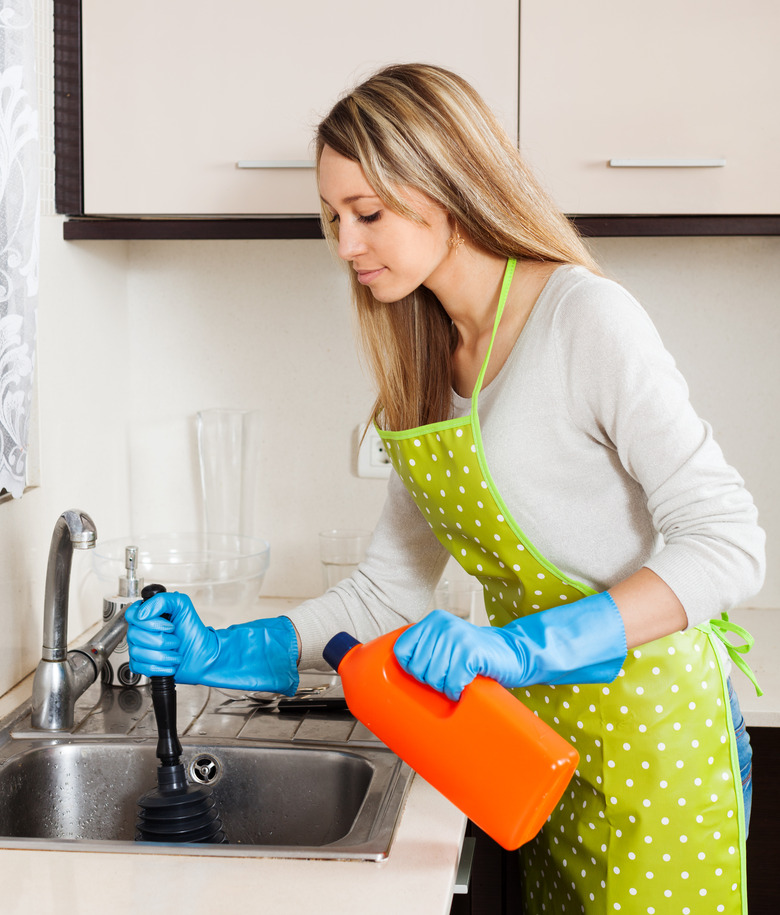You probably have at least one bottle of hydrogen peroxide in a cabinet. This versatile chemical can act as a mild antiseptic for burns or cut. It is also a powerful cleaning substance that can whiten and bleach stubborn stains. If you are wondering how to dispose of it, the answer is usually simple.
TL;DR (Too Long; Didn’t Read)
You can dispose of three percent hydrogen peroxide down the sink drain. However, you need to dilute food-grade peroxide first and decompose it before disposing of it.
How to Dispose of Food-Grade Hydrogen Peroxide
Food-grade hydrogen peroxide usually has a concentration of at least 35 percent. However, you may find some retailers sell it at lower concentrations such as 10 percent. At 35 percent, it is hazardous and very caustic.
You cannot pour food-grade hydrogen peroxide at a high concentration down the drain. First, you have to dilute it with water. Then, you may also need to decompose it with sodium sulfite or another substance after the dilution. Make certain to wear gloves and goggles while dealing with concentrated substances. You may also want to wear an apron. Rubber and neoprene materials provide the best protection. Avoid splashing food grade hydrogen peroxide because it can burn or irritate the skin.
Concentrated hydrogen peroxide can also ignite burnable objects, so it is important to store it and dispose of it properly. You want to keep it in a cool area, away from other chemicals and out of sunlight. Avoid mixing other substances such as oils or combustibles with it.
Putting
Hydrogen Peroxide Down the Drain
Most bottles of hydrogen peroxide sold in stores have a concentration of 1 or 3 percent. This substance does not require special treatment at these concentrations. You can safely pour it down the drain, and it may even clean the sink in the process.
What to Do With Expired Hydrogen Peroxide
In general, hydrogen peroxide expires after six months if you open it. However, a closed bottle can stay in a cabinet for three years without expiring. If you have old hydrogen peroxide, dispose of it. While it is not harmful when it is old, it loses its effectiveness. An easy way to test a bottle is to pour a little in a sink or container and watch for bubbles. No bubbling means that it is old and will not be effective. Another common test is visually inspecting the bottle. If it is bloated or misshapen, then the peroxide has expired.

